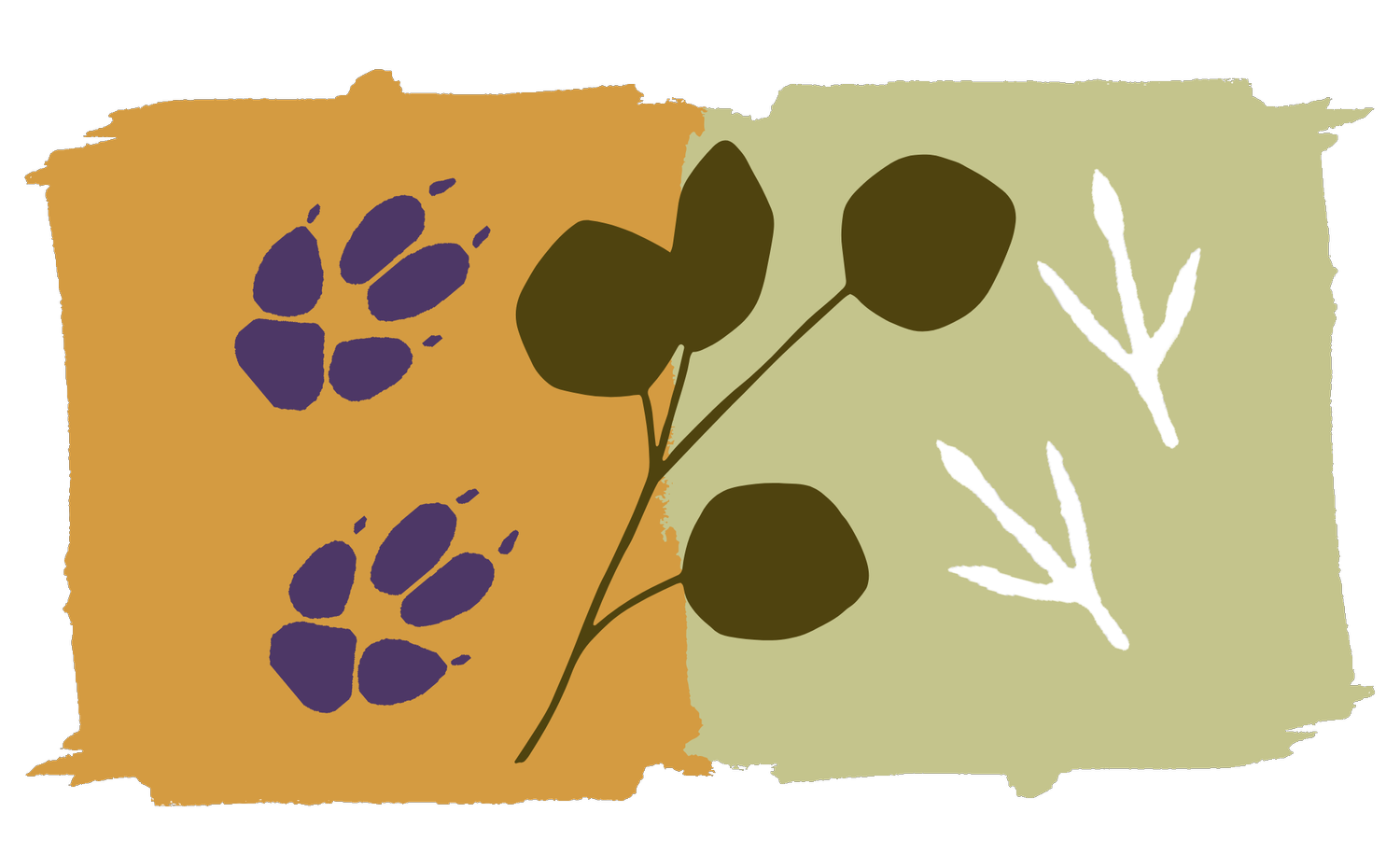
Kielderhead Wildwood
Forestry England
Forestry England is the largest land manager in England and is responsible for managing over 1,500 publicly owned forests. They aim to deliver pioneering, long-term landscape-scale nature recovery, including the restoration of wildlife habitat and the natural processes that shape these habitats.
By working with partners, this work also includes reintroducing and translocating fauna and flora to champion nature and restore function to ecosystems, with a particular emphasis on ecosystem engineers and keystone species such as Eurasian beavers, European pine martens, and white-tailed eagles.
Reintroductions form one of five focal areas under Forestry England’s Biodiversity Plan 2022–26 and each District is actively working on at least one reintroduction project for this duration; whether at the feasibility, release, or monitoring stages. Reintroductions sit alongside the development of ‘wild core areas’ as part of Forestry England’s new five-year Forest Wilding Programme.
Kielder Forest
Kielder Forest is the largest state-owned timber production forest in Britain, and one of the oldest. Located in the north of England and adjacent to the Scottish border, it sits across both the Cumbria and Northumberland counties.
Kielder is largely an exotic coniferous forest, with the species used being able to produce marketable timber rapidly despite the prevailing poor soils.
The main species planted have been Sitka spruce, Norway spruce, lodgepole pine, Scots pine, larches, and other conifers including Douglas fir.
Scots pine was assumed to have died out outside the Scottish Highlands after 4,500 years before present. However, a small and potentially native stand of pines was discovered in Kielder Forest in the 1950s. This discovery initiated the Kielderhead Wildwood project.
Historical management
After the removal of these native forests by humans over millennia, the Kielder area was dominated by open, treeless hills supporting sheep husbandry and occasional tree planting and remnant woodland. Afforestation began in 1926, and by the late 1970s some 50,000 ha of previously treeless land had been planted with a narrow range of coniferous species. In 1974, the decision was also made to build the 1,000 ha Kielder Water reservoir.
“Nowhere else in the world, at the time, had large-scale afforestation of land that had been bare for centuries been attempted – nor on such poor land. The earliest planting was therefore experimental...” (Lunn 2004).
Current management
The current vision for Kielder Forest is to generate awareness and balance between the needs of efficient timber production, its impacts on the landscape, wildlife conservation, and recreation. This vision has driven a move toward increasing the forests’ habitat and structural diversity facilitated by ‘zoning’ to reflect different management approaches:
Lower zone: prioritises amenity, wildlife, and public recreation,
Middle zone: where the priority is to transform even-aged plantations to a patchwork of differently aged stands and species, and
Upper zone: which is managed similarly to the middle zone but with more restricted choices for tree species due to poorer soil types.
Wildlife in novel ecosystems
In response to the multi-use management of this novel ecosystem, the diversity of habitat across the forests support several native species including red squirrels, red crossbills, and Eurasian siskins.
Red squirrel reserves
However, the concentration of large-seeded broadleaved trees like oaks and beech in valley bottoms and riparian zones may support grey squirrel populations, which act as a reservoir for the squirrel parapoxvirus, which is lethal to red squirrels. To combat this issue, ‘red squirrel reserves’ have been designated where broadleaves are minimised and larger-seeded conifers are prioritised to provide more attractive habitat for red than grey squirrels.
A diverse matrix
As well as mixing the species composition and age of stands, the proportion of ‘edge’ within the forest is managed to promote structural diversity. To create these edges, open spaces are incorporated as required to act as firebreaks, ensure visual and wildlife diversity, and enhance opportunities for deer control.
Collaborations
In addition, non-forest habitats are managed with other statutory and conservation organisations. Forest and non-forest management includes botanical, entomological, and other ecological monitoring and protection of key species and habitats (e.g., raptors, erection of bird and bat boxes, creation of ponds, etc.).
Photographs of the Kielder Wildwood project provided by Professor Adrian Manning.










